5 Best Shrubs for Fall Color
Look no further for beautiful fall foliage! Add these shrubs to your garden for a beautiful fall landscape right in your backyard.
Many states are cracking down lately on plants that have turned out to be invasive in landscapes and natural areas, including some that are still popular at garden centers.
While the “plant police” aren’t ordering gardeners to remove plants from their yards, regulators are asking gardeners to voluntarily remove the worst offenders and replace them with better-behaved alternatives. Butterfly bush, burning bush, barberry, and miscanthus grass are among those being banned for sale in some states.
Whether you’re yanking invasives or trying to avoid “problem children” with your new purchases, here are 5 plants considered to be invasive followed by similar alternatives, many of which are native species.
This thorny little rounded shrub is popular because it handles heat, drought, and lousy soil and is hardly ever bothered by deer. People especially like the maroon- and gold-leafed versions.
Alternatives: If it’s the dark foliage you like, look for dwarf native ninebark varieties such as Tiny Wine® and Sweet Cherry Tea®, which grow in the three- to four-foot range, and thrive in heat and sun, and add pinkish-white late-spring flowers.
Or try dwarf, dark-leafed weigela varieties such as Midnight Wine® and Fine Wine®, which bloom rosy-pink and are even more compact.
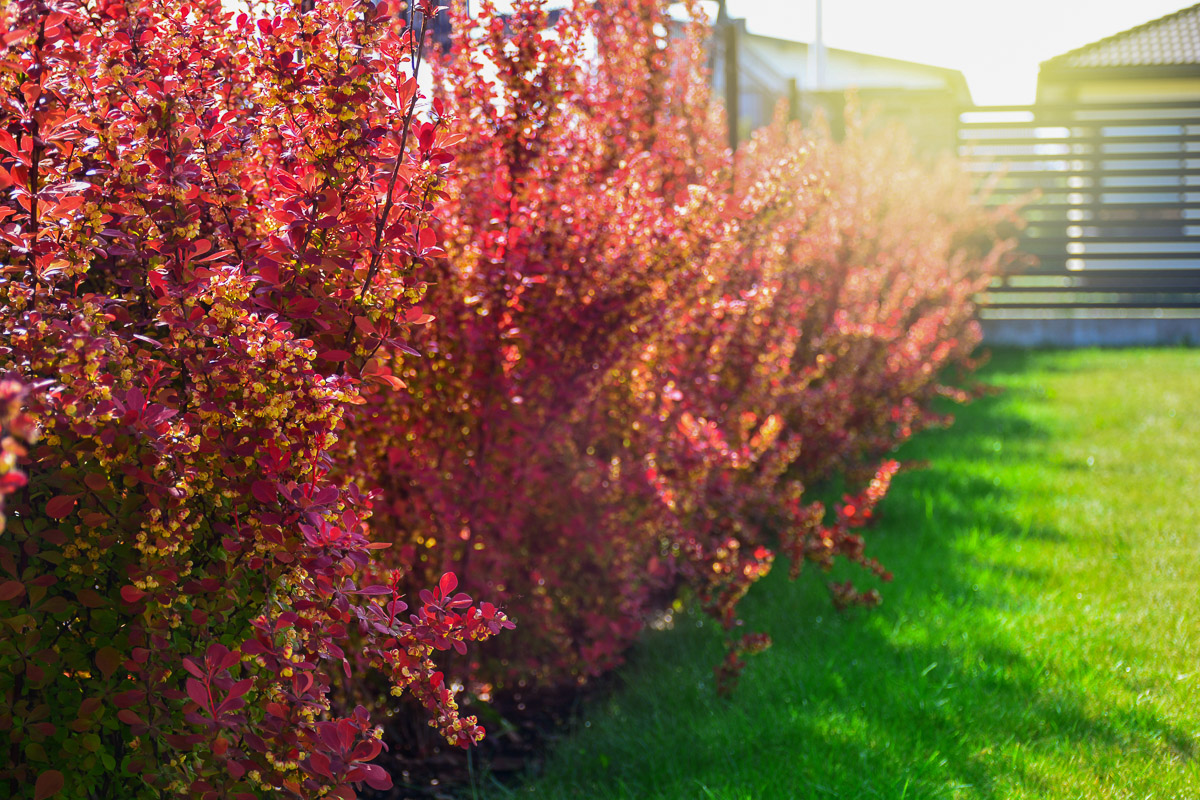
iStock / via Getty Images
People have long planted this mid-sized shrub for its summer flower spires of purple, blue, white, or pink that attract bees and butterflies.
Alternatives: Vitex (chastebush) is the most similar-looking alternative with blue or purple spires. It’s winter-hardy down to Zone 6. ‘Shoal Creek’ is one of the winter-hardiest varieties.
Clethra (summersweet) is a native alternative with bottlebrush flowers of white or pink, although it’s a tad smaller in size than standard butterfly bushes and doesn’t bloom in purple or blue.
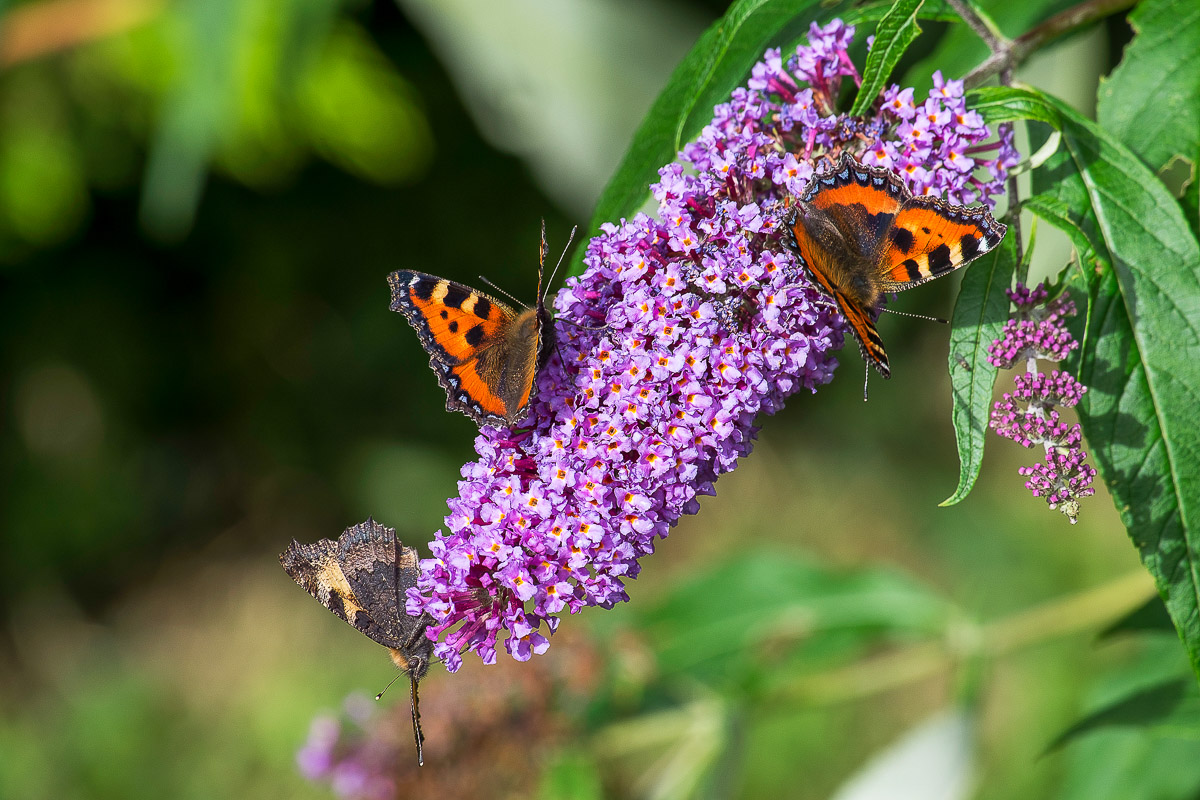
ZAKmac / iStock / via Getty Images
Gardeners like this dense green bush for one reason – the fire-engine-red leaves it gets for about two weeks in fall.
Alternatives: Native oakleaf hydrangea, which produces white early-summer flowers and cinnamon-colored peeling bark in winter, is a good choice for its blood-red fall foliage.
Native Virginia sweetspire is a bit smaller (four to five feet) with arching, white, late-spring flower spires, and scarlet fall foliage, while red chokeberry ‘Brilliantissima’ is a bit taller with white spring flowers and red fall berries and foliage.
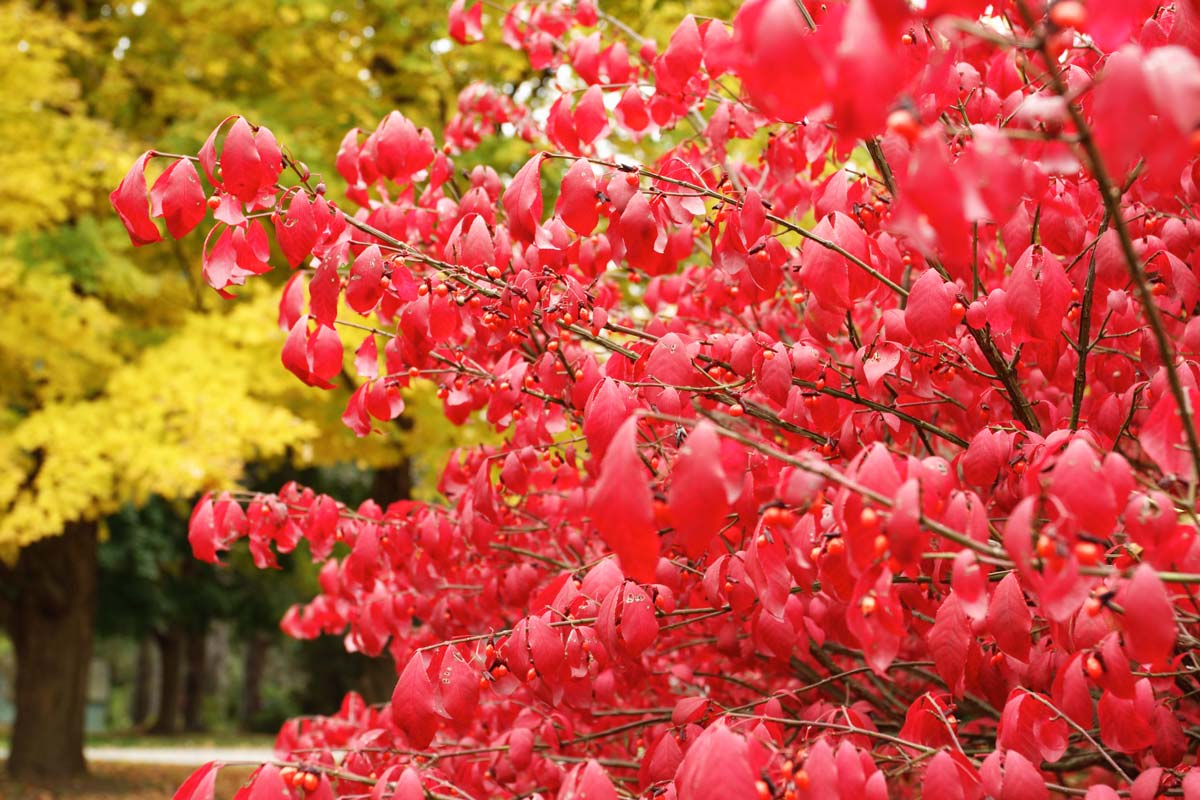
Burning bush shrub with fall red leaves. Willowpix / iStock / Getty Images
These broad-leafed evergreens were more popular in the past than lately, but many of them still serve as four- to six-foot-tall hedges.
Alternatives: Upright boxwoods are similar and non-invasive, but they sometimes run into bug or disease trouble. ‘Green Mountain’ and ‘Dee Runk’ are two of the better uprights.
For a native broad-leaf evergreen alternative, try inkberry holly – three- to four-footers with smooth, green leaf edges.
If you’re more adventurous, try blueberries. This popular, native fruit bush (although not evergreen) makes an excellent four- to five-foot hedge with white spring flowers and gorgeous scarlet fall foliage – and you get edible fruit, too… if the birds don’t beat you to it.
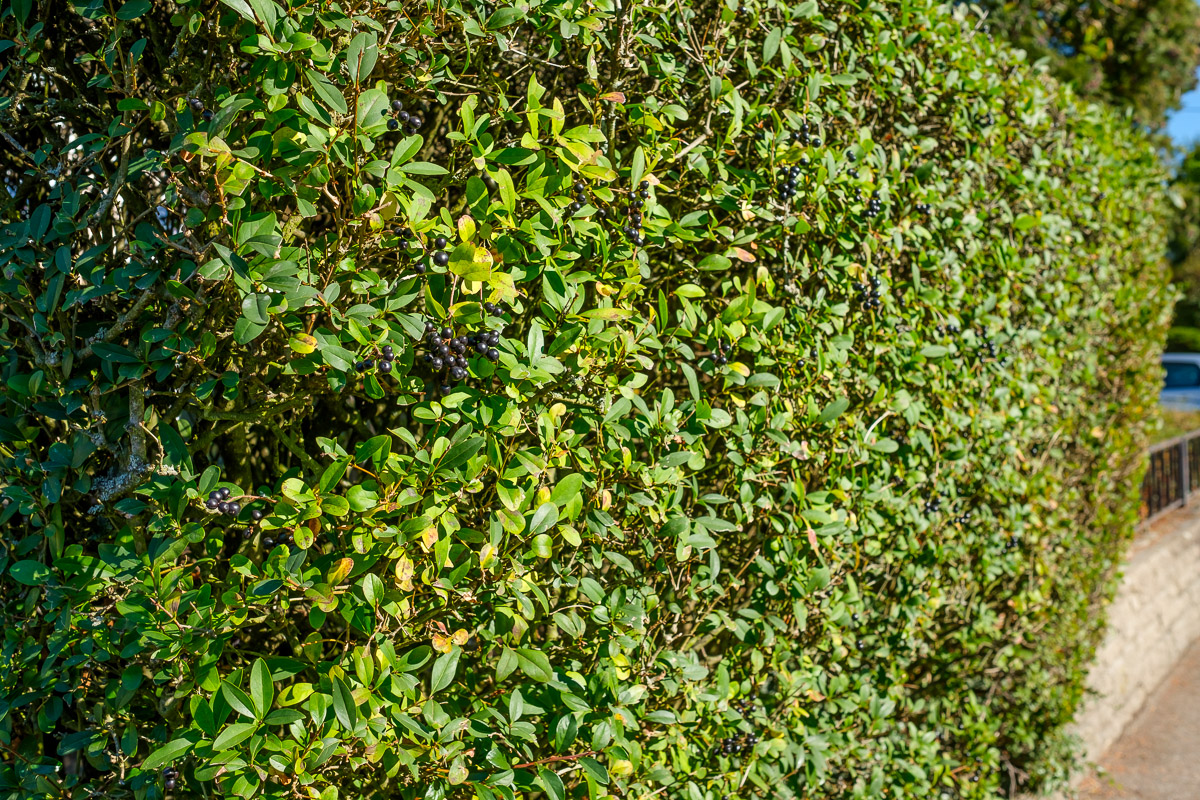
Photohomepage / iStock / via Getty Images
These four- to six-foot-tall ornamental grasses are widely planted because they’re heat- and drought-tough, easy to grow, and not bothered by deer.
Alternatives: Switchgrasses are similar deer-resistant but native upright grasses that have wispier seedheads instead of plumes and also better fall color than miscanthus. ‘Cheyenne Sky’ and ‘Northwind’ are two good varieties of red switchgrasses, while ‘Heavy Metal’ and ‘Dallas Blues’ have blue-tinted summer blades.
Big bluestem is another good native alternative growing to about five feet tall with blue-green blades.
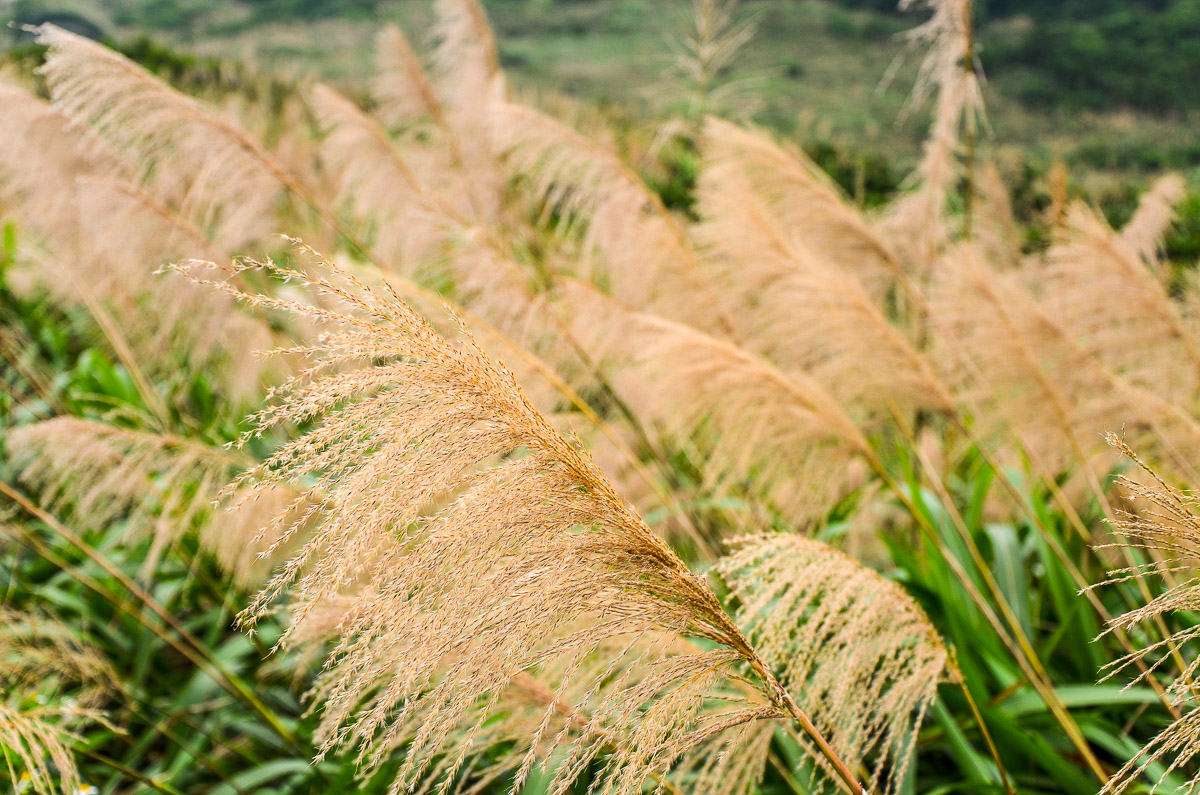
Liuyushan / iStock / via Getty Images